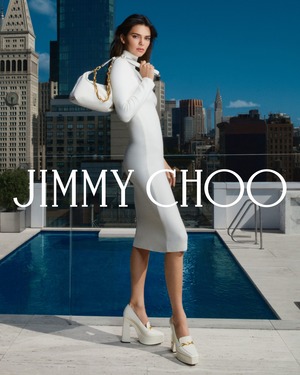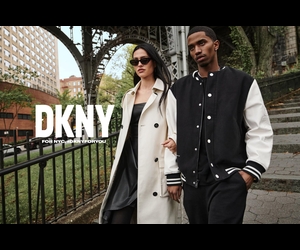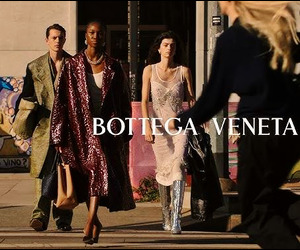No products in the cart.
3 Markets Underserved By The Fashion World

The fashion industry is something of an outlier when it comes to our capitalist world. It functions as both a market and as a culture. While other industries do indeed influence culture, the fashion world is different in that it will sacrifice money to maintain what it considers its essence.
There is a fair amount of strategy in this approach. The value of the products sold by luxury brands has more to do with perceived value than regular metrics. Louis Vitton would not be able to sell bags at such high prices if everyone could have them. However, a large part of it has to do with the cult of personality around the people setting the beauty standards.
This has left many people underserved, even when brands could easily make more money by selling to them.
Before we go further, it is important to mention that BIPOC people are routinely underserved by the fashion world (among other industries). This is beginning to change, but not fast enough. However, we are not including BIPOC people as a market in the following list, as that perpetuates the othering of the people who make up the vast majority of the world’s population.
Here are 3 of the markets most underserved by the fashion world.
1. Plus Size
‘Plus Size’ is something of a misnomer. While it works effectively at categorizing clothing, it does not really represent a real perspective of the people who wear such clothing. The simple reality is that most people are not as skinny as the models who walk most runways. Those who wear plus-size clothing are in the vast majority, meaning that it would be more accurate to call everyone else ‘minus size’.
Nonetheless, the term is important because it is a category that is vastly underserved. The plus-size clothing that is easily accessible is usually the sort of clothing people settle for, rather than desire.
Take a look at the swimwear industry, for example. You can now get women’s plus size swim shorts from a brand like Calypsa that is attractive and serves various body types. However, Calypsa is an outlier, with few other options available to so many people who just want to feel sexy in their own skin.
2. Gender Non-Conforming People
Most fashion brands produce clothing that is either very feminine or very masculine. Of course, people can cross the aisles of a store. But flat-chested men who want to wear dresses will have to settle for clothes designed with breasts and hips in mind. Women who want to wear masculine clothing face the opposite struggle.
Furthermore, there is an increasing number of people who do not conform to one or another gender. These people are challenging the binaries we are so accustomed to, and one way of expressing this is through clothing. There are brands that offer unisex options, but most outlets are still very binary in their products.
This is a market that is only going to grow as more people start recognizing the folly of gender binaries in fashion. The fashion world needs to catch up.
3. Men
But even those who identify as one of the binary genders may not find what they are looking for. The fashion world is so focused on women that men are extremely underserved. This is not to say that there are not plenty of outlets providing men’s clothing, but that these outlets are limited in their products.
Men who want to get sexy underwear have only a handful of options – mainly thanks to Rihanna. Men who like wearing sandals have slides and flip-flops to choose between, with a few bland alternatives. Men who want to accentuate the shape of their bodies are also severely underserved, regardless of body type.
The fashion industry is lagging behind society because it holds itself back, not because of capitalist restrictions. On the contrary, if the fashion world gets over its own culthood, there are massive markets waiting to be served.















Leave a Reply